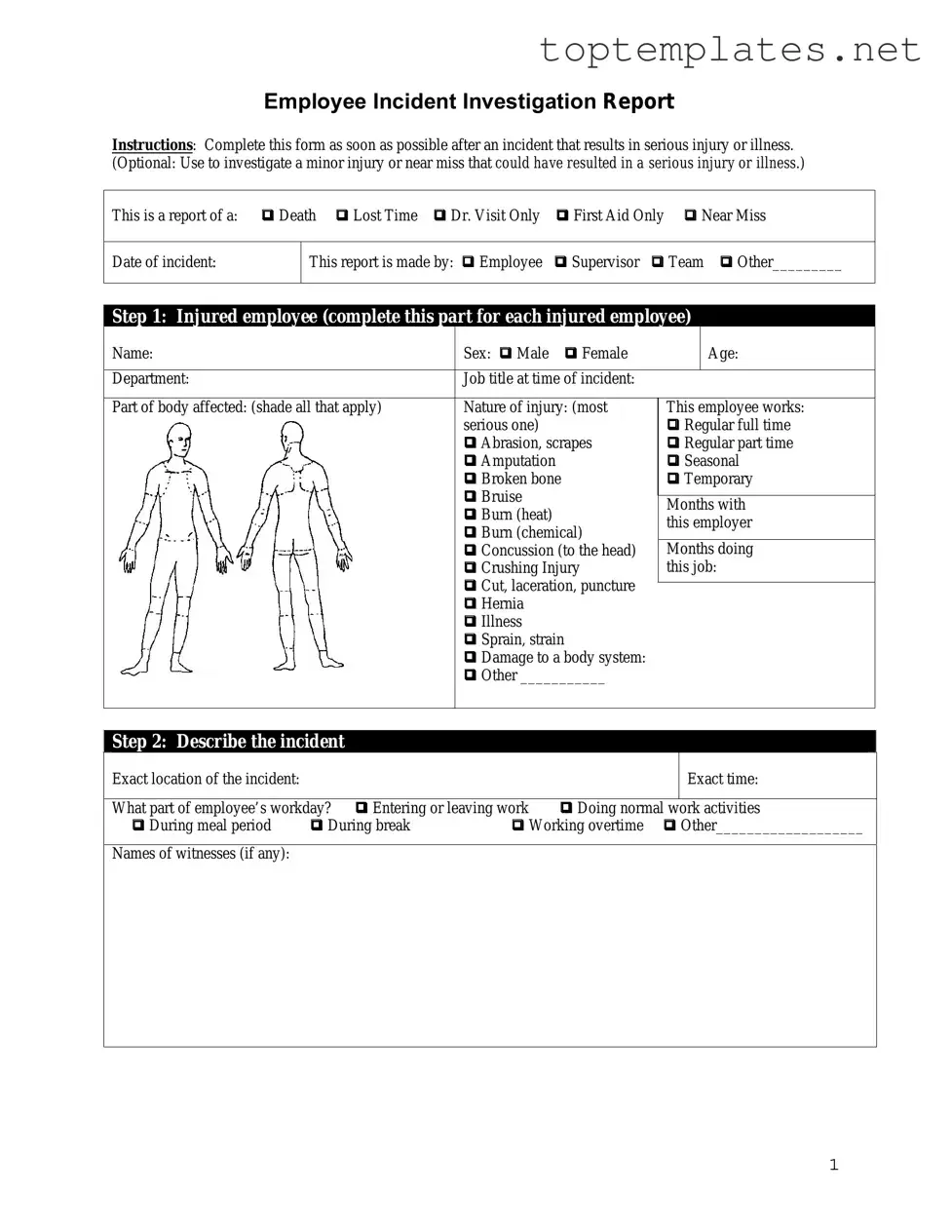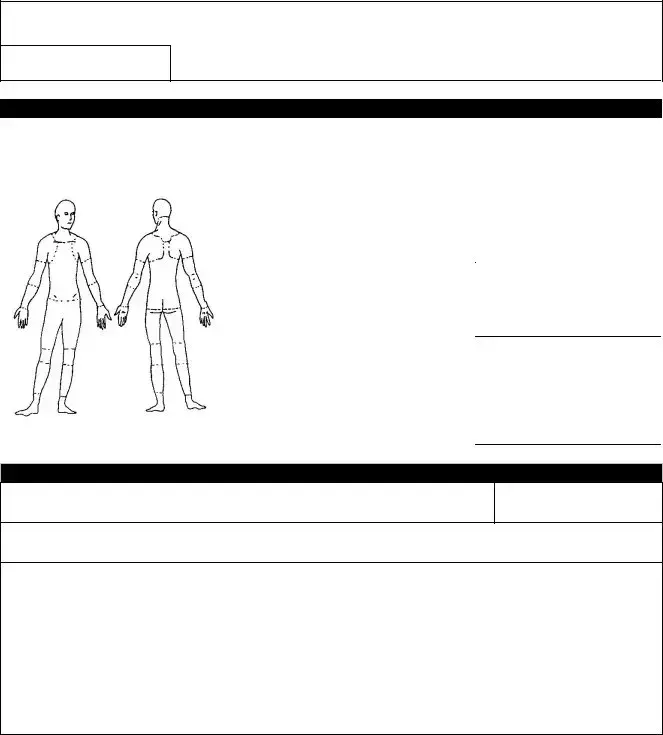What is an Employee Accident Report form?
An Employee Accident Report form is a document that employees are required to fill out in the event of an accident occurring in the workplace. It records details about the incident, including when and where it happened, who was involved, what injuries were sustained, and any damages to property. This form helps employers take necessary actions to prevent future accidents and comply with legal and insurance requirements.
Who needs to fill out an Employee Accident Report form?
Any employee who experiences an accident at work, witnesses an accident, or is involved in some way, should fill out an Employee Accident Report form. In some cases, the supervisor or a designated health and safety officer may assist in completing the form or fill it out on behalf of the employee.
When should the Employee Accident Report form be completed?
The form should be filled out as soon as possible after the accident occurs. Prompt reporting ensures that details are recorded accurately and necessary actions, like medical treatment or corrective measures, can be taken quickly.
What information is required on the Employee Accident Report form?
Information typically required includes the date and time of the accident, location within the workplace, description of the incident, names of individuals involved or who witnessed the event, nature of any injuries or property damage, and any immediate actions taken following the accident. Some forms may also ask for the employee's perspective on how the accident might have been prevented.
Why is the Employee Accident Report form important?
This form is crucial for several reasons. It helps employers identify hazardous conditions or unsafe practices in the workplace, allowing them to make necessary changes to prevent future accidents. It also serves as a record for insurance claims and can provide important documentation in case of legal action or compliance audits.
What should an employee do if they are unable to complete the form due to their injuries?
If an employee is incapacitated and cannot complete the form, a supervisor, witness, or health and safety officer should fill it out on their behalf. The most important thing is that the accident is documented accurately and in a timely manner. The employee can provide additional information or corrections once they are able.
How is the completed Employee Accident Report form processed?
After the form is filled out, it should be submitted to a designated person or department within the company, such as Human Resources or a safety officer. They will review the report, follow up with any necessary investigations or actions, and file it as part of the company’s safety records. They may also need to report certain accidents to external bodies or insurance companies, depending on the severity and nature of the incident.
Is the information in the Employee Accident Report form confidential?
Generally, the information in the Employee Accident Report form is treated confidentially. It is used internally to address safety concerns and is not disclosed outside of necessary company personnel and insurance companies as required. However, in cases involving legal actions, some information may have to be provided to external parties.
What happens if an Employee Accident Report form is not filled out?
Failing to fill out an Employee Accident Report form can have several repercussions. It may hinder the company's ability to address safety issues, affect the injured employee's eligibility for workers' compensation or insurance benefits, and result in non-compliance with workplace safety regulations. This can lead to fines, legal issues, and a higher risk of future accidents.



